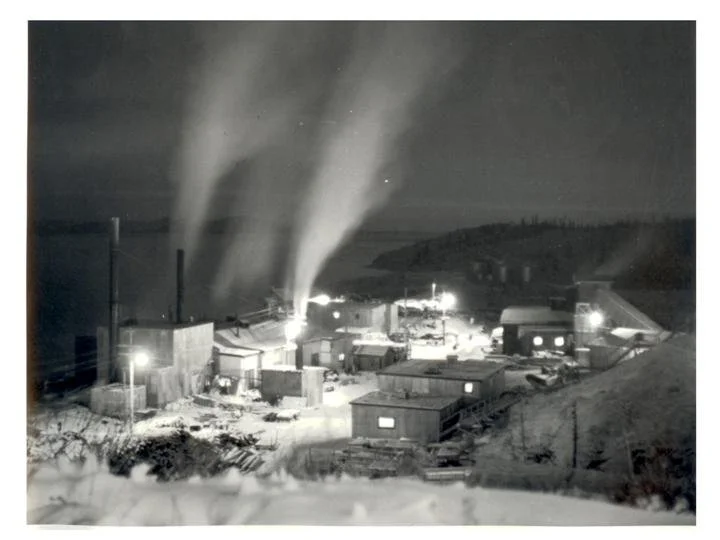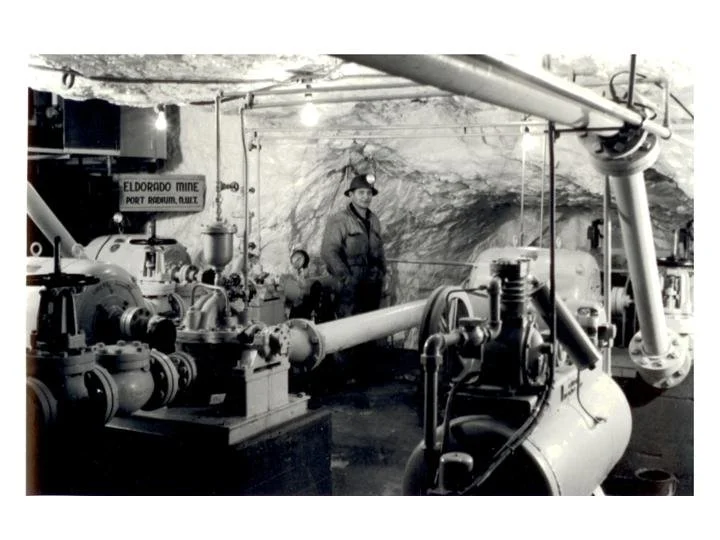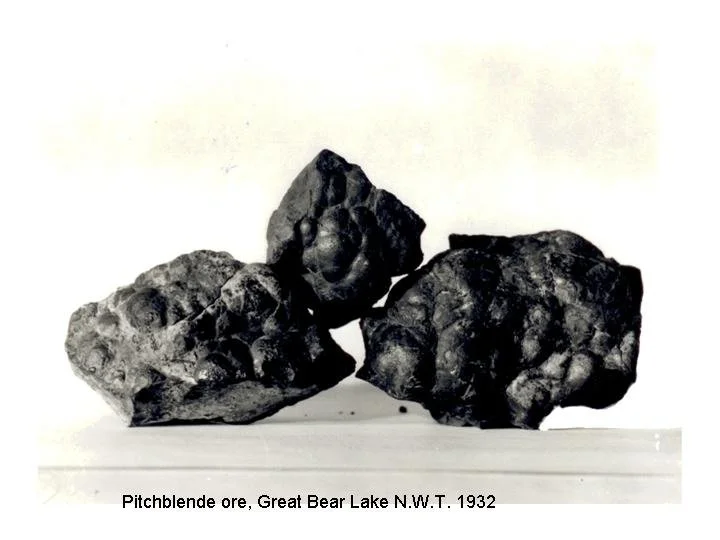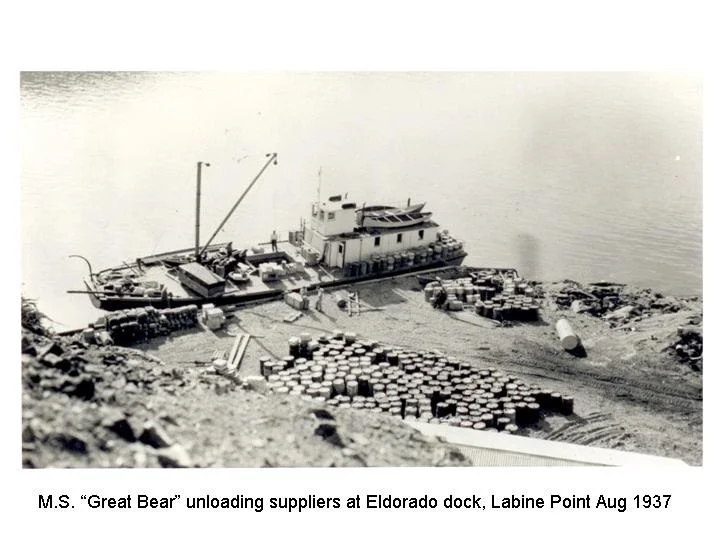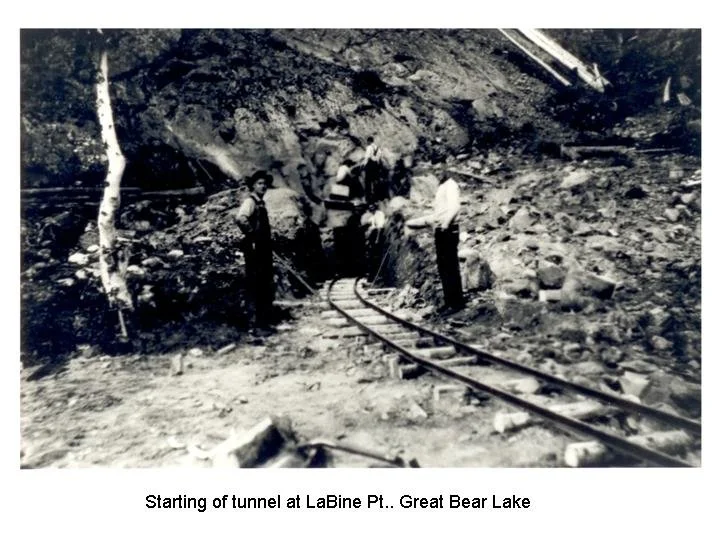At the Norman Wells Historical Centre, we are proud to be a hub for the ongoing preservation of the Sahtu’s rich history and a destination for cultural appreciation.
The Norman Wells Museum opened the doors in October of 1989 and has been growing an impressive artifact collection ever since. Conveniently located just a short walk from the Town Square and the hotels, the museum property is the resting place to a large collection of vehicles and other equipment used by Bechtel-Price-Callahan during construction of the Canol Pipeline and even a retired barge!
Inside, you will find a number of exhibits about oil and gas exploration, the CANOL Pipeline, aviation and transport in the North, incredible fossils, impressive taxidermy, traditional art beautifully hand-crafted by locals and so much more - including The Great Bear Gift Shop!
The museum and gift shop are open year round for visitors and locals to explore (stay up to date on hours, workshops, and events by following us on social media).
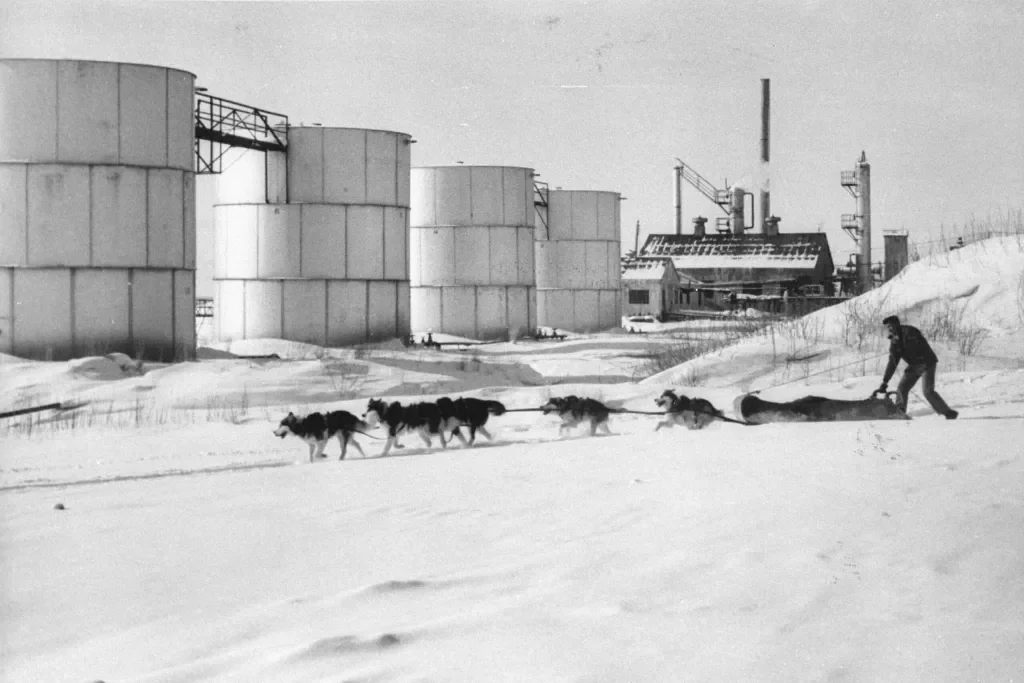
timeline of Norman Wells
Photo courtesy of NWT Archives/©Imperial Oil Limited/N-1979-049: 0002.
1942-1945
The CANOL Project
Following the bombing of Pearl Harbor during World War 2, the United States military became concerned about attacks on their the exposed Alaskan bases. Japanese forces moved to threaten the American fuel and supply lines, thus launching two massive inland projects: The Alaska Highway and the CANOL Pipeline.
Construction of the CANOL (‘Canadian Oil’) Pipeline from the Norman Wells oilfield across the virtually untouched Mackenzie Mountain range to a refinery in Whitehorse. A total of 2512 kilometers of 4-inch pipeline, 3985 kms of winter and summer roads, tank farms, 10 airfields between Edmonton and Norman Wells, with an accompanying 1600 kms of telephone lines were constructed between 1942 and 1944.
The massive project employed some 30,000 people and cost a whopping $133 million USD (an equivalent to $3,228,741,162.23 CAD in 2025).
In April of 1945 - after less than one year of operation - the entire project was abandoned along with much of the equipment including trucks, buildings, barrels, and pump stations.
The route was designated The Canol Heritage Trail and given National Historic Site status in 1996. It is now a bucket-list hike (or bike!) for those willing to brave Canada’s remote north.
The Eldorado Mine and the Manhattan Project
1932-1982
Looking for silver and cobalt in 1929, a prospector by the name of Gilbert LaBine stumbled upon an interesting formation on the east side of Great Bear Lake – pitchblende ore. At the time, radium was considered the rarest and most valuable elements, and LaBine knew it could be extracted from pitchblende ore. His mineral claim sparked a rush to the north and the first major mining operation in Northwest Territories.
The Eldorado Mine opened on Great Bear Lake in 1932 where radium, uranium and silver were all extracted during several working periods between 1932 and 1982. By 1934, all the important deposits had been staked, and activity died down.
Due to a general lack of activity, Eldorado Mine had closed down in 1940, but reopened in 1942 to, quietly, supply uranium ores to the war efforts. The Indigenous people of Délı̨nę, a small hamlet situated across the lake from Eldorado Mine, were hired to work as ore bag carriers and on the barges. The Dene workers often carried mined uranium on their backs in sacks and were regularly breathing in ore dust, without being told of the risks.
During World War II, Canada participated in British research to create an atomic weapon which would eventually be infamously dropped on Hiroshima and Nagasaki, killing over 200,000 people. Days after the blasts, the Canadian government announced the country's role in the explosions, citing the Eldorado Mine's uranium as a key ingredient for the project - a fact the people in Délı̨nę would only learn as the announcement was made.
In addition to their immense guilt, locals in Délı̨nę say many ore workers and their family members developed cancer later in life. In fact, the community earned the grim nickname The Village of Widows. Though an apology has never been issued to the people of Délı̨nę, in 1998 a delegation of Dene hunters, trappers, and former mine employees traveled to Hiroshima to express their sorrow, regret, and apologize for their unwitting role in the creation of the atom bomb.
In 1982, all activity ceased and Eldorado Mine and surrounding Port Radium settlement were burned and demolished, although, the former mine site is inspected by the Canadian Nuclear Safety Commission once every three years.




